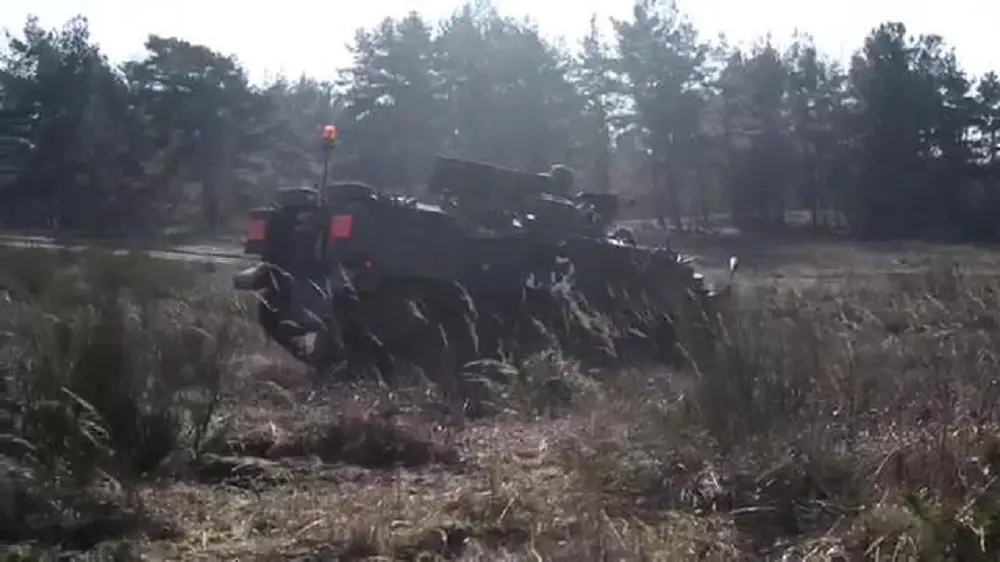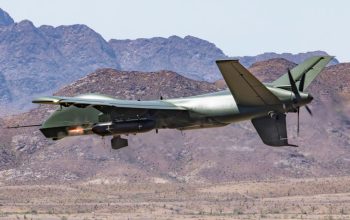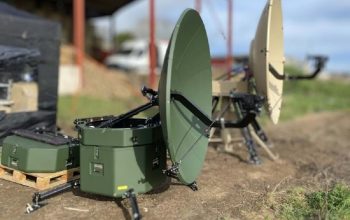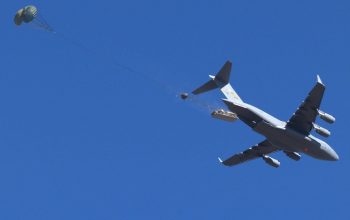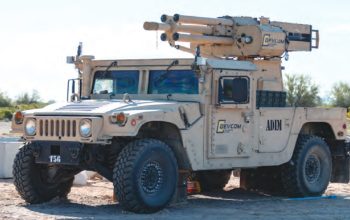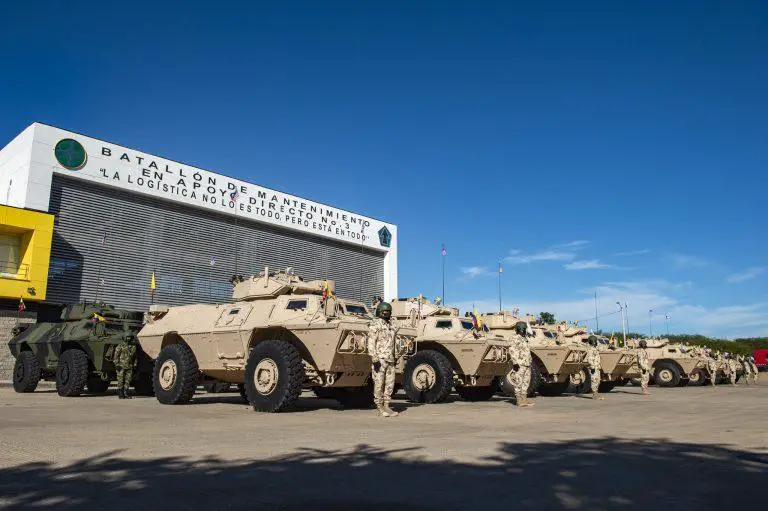The British Army’s 20th Armoured Infantry Brigade (The Iron Fist) is based in Paderborn, northern Germany, as part of the 3rd (United Kingdom) Division. Soldiers serving with the Brigade wear the insignia of a white mailed fist with a blue background – a symbol of the hard punch that this armoured formation gives the enemy.
The 20th Light Armoured Brigade was formed on 3 September 1939 as part of the Territorial Army. The Brigade initially served under the Southern Command and its original regiments were the 1st Royal Gloucestershire Hussars, and 1st and 2nd Northamptonshire Yeomanry. On 14 April 1940, it was re-titled the 20th Armoured Brigade; a title it has retained until recently.
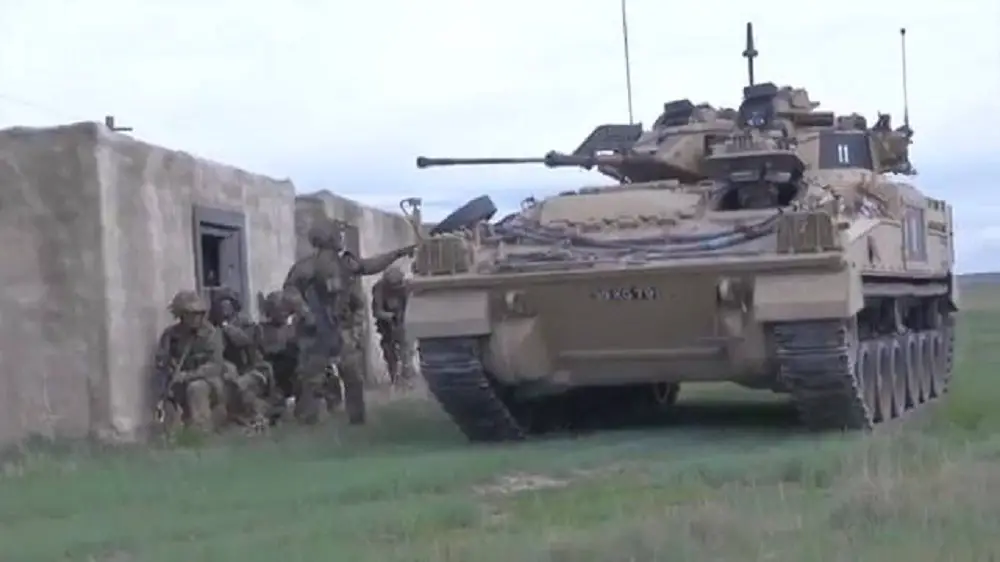
On 15 September 1950, the 20th Armoured Brigade was reformed in the UK for a strategic reserve role. However, the Brigade was moved to Münster, Germany in December 1951 to supplement the British contribution to NATO forces in Europe, where it again came under the command of 6th Armoured Division, this time as part of the British Army of the Rhine (BAOR).
The 1957 Defence White Paper announced the end of National Service, resulting in a number of reductions and changes across the Armed Forces. Part of this restructuring saw the disbandment of the 6th Armoured Division in April 1958. The Brigade survived as the new 20th Armoured Brigade Group, initially under the command of the 4th Infantry Division, and moved to Hobart Barracks, Detmold. It assumed the insignia of the old Division – the “Iron Fist” symbol that it wears to this day.
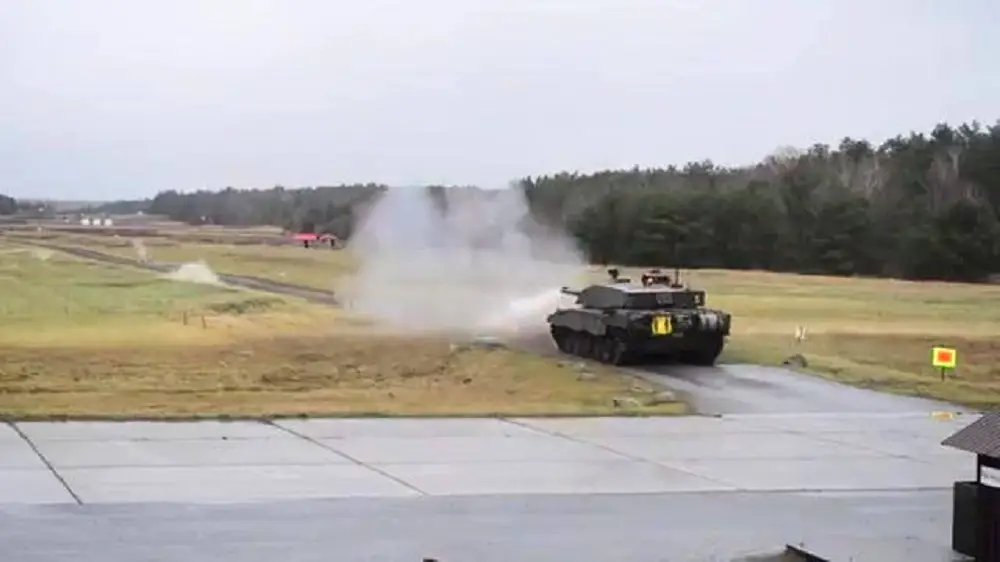
Following the fall of the Berlin Wall in November 1989 and the anticipated peace dividend at the end of the Cold War, the British government announced a series of cuts in defence spending under the 1990 “Options for Change” programme. As a result of the restructuring, in December 1992, the Brigade merged with the 33rd Armoured Brigade and moved its headquarters to Barker Barracks, Paderborn, where it came under the command of the 1st (UK) Armoured Division. By 1994, the overall troop strength in Germany had been halved and BAOR was replaced by British Forces Germany (BFG).
Headquarters 20th Armoured Infantry Brigade is currently located at Antwerp Barracks, part of Westfalen Garrison, on the outskirts of the City of Paderborn, north Germany. It will form as part of the Reaction Force.
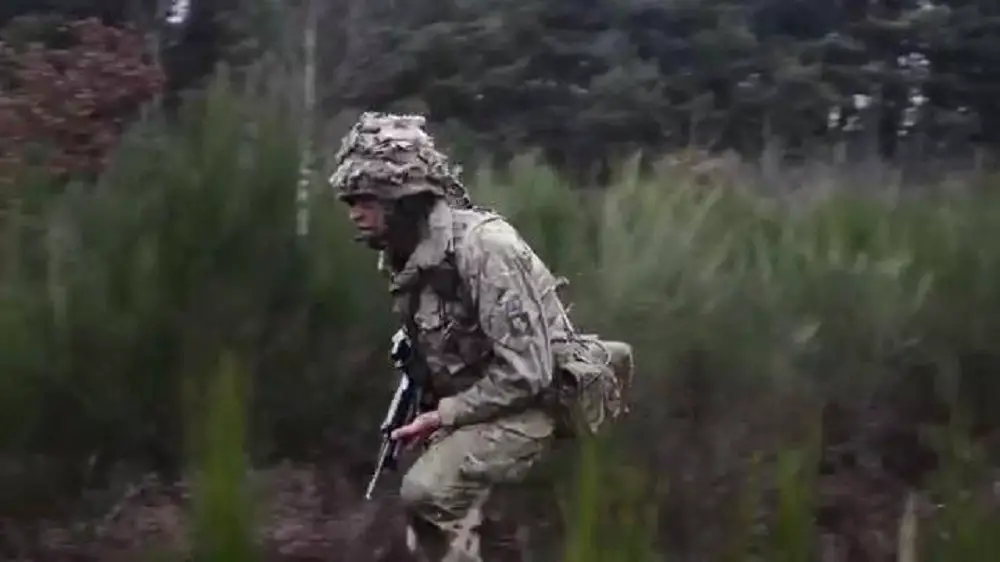
Brigade Units in were:
The Royal Dragoon Guards (Formation Reconnaissance)
The Queen’s Royal Hussars (Queen’s Own and Royal Irish) (Armoured)
1st Battalion, The Princess of Wales’s Royal Regiment (Queen’s and Royal Hampshires) (Armoured Infantry)
5th Battalion, The Rifles (Armoured Infantry)
The Highlanders, 4th Battalion, The Royal Regiment of Scotland (Heavy Protective Mobility)
Alliances
Germany Germany – Panzerbrigade 21 (21st Panzer Brigade)
Under the Army’s new 2020 structure, in January 2015 the Brigade was retitled to 20th Armoured Infantry Brigade incorporating three Armoured Infantry Battle Groups. In 2016 the Brigade began its high readiness Training in preparation for becoming NATO’s lead for the Very High Readiness Joint Task Force Land (VJTF(L)) in 2017.
